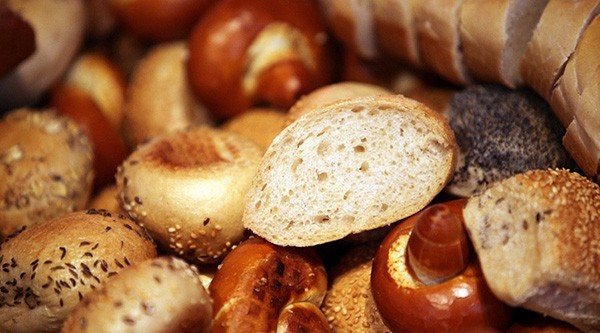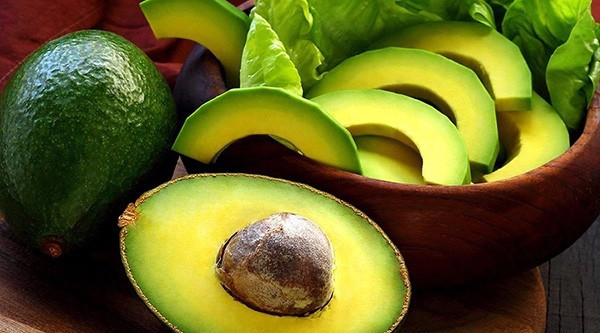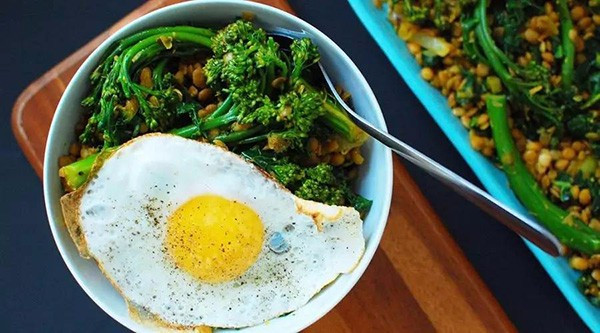The basic knowledge of nutrition that fitness needs to understand

What are you going to eat in the morning, what to eat at noon and what to eat at night? This is not a paragraph. On trainers, this happens to be a very serious and headache problem.
We all know that we must achieve a balanced diet, but do the general public really know the sources of carbohydrates, proteins, fats, and trace elements? Even in universal cognition, eating meat equals eating protein.

This article will analyze the basics of nutrition, as well as the three major nutrient intakes of different exercise habits and target populations.
Diet assessment and record
Reminisce about your diet list for the first 1-3 days. Write down preferences in the diet (such as meat, pasta, etc.), foods that you do not like to eat, lists of snacks, etc.

Beverage drink supplements also need to be included.
Food diversity
The "Food Pyramid" we know well, gives the daily recommended food and weight. Divided into:
1. Bread, cereals, rice, pasta, etc.
2. Fruit
3. Vegetables
4. Milk, yogurt and cheese
5. Meat, poultry, fish, dried beans, eggs and nuts
We encourage food diversity and balance. The same group of foods with similar nutrient content can be interchanged and the groups can not be interchanged.
Meat mainly provides protein, iron, zinc and vitamin B. Fruits and vegetables provide vitamin C, beta-carotene and so on. Bread, cereals provide riboflavin, thiamine, niacin and others.

energy
The size of energy is expressed in kcal. One kcal is equal to the amount of heat required to raise the temperature of 1 kg of water by 1 degree Celsius. Food calories are calories.

The composition of human energy needs has three parts: basal metabolism, active metabolism and food heat. Each factor is affected by age, gender, height, weight, body composition, ambient temperature, training conditions, physical activity, and so on.
Basic metabolism accounts for about 60%-70% of daily energy consumption. It is the energy to maintain the body's needs (organs are functioning properly). Basal metabolism will be affected by body lean mass (muscle content), growth and development, menstrual cycle, thyroid abnormalities.
The energy required for physical activity is affected by training intensity, training time, training frequency, and ambient temperature.
The thermal effect of food is the energy needed to absorb the food. About 7%-10% of total energy.
How to calculate the daily energy needed
According to age, weight, exercise intensity to choose the formula and calculate.

protein
For resistance trainers, protein is one of the important sources of nutrient elements and an important element of intake for growth, endurance, and speed.
There are two sources of protein, one is animal protein, derived from cattle, sheep, poultry, fish and so on. The other is vegetable protein from beans, nuts, staple foods (small amounts) and vegetables (small amounts). The content of plant protein is lower than that of animal protein of the same quality. For example, the protein content of 100 g soybeans is lower than 100 g chicken breast.

The daily protein requirement of the average person is 0.8 g/kg body weight, ie, 0.8 times body weight (kg) is the number of grams of protein needed for a day.
The demand for resistance resistance trainers can reach 1.8 g/kg body weight and for endurance trainers 1.5-2.0 g/kg body weight. Vegetarians or low-carbon dieters need more protein to supplement their calories.
Ingestion of excess protein (over 4 g/kg body weight) is not needed for people with poor kidney function. However, for normal people, large intakes of protein have not been found to have an effect on physical function, but excess calories are also used to store energy.
Carbohydrates
Carbohydrates are required for fatty acid metabolism (reduced fat). The amount of carbohydrate intake depends on the trainer's exercise style.

In high-intensity exercise, carbohydrates are used to supplement the consumption of liver glycogen and muscle glycogen.
If it is an endurance trainer (aerobic time greater than 90 minutes), the recommended carbohydrate intake is 10 g/kg body weight. Resistance training, 5-6g/kg daily intake is sufficient. If the purpose is to reduce body weight, then the amount of carbohydrates is even lower.
fat
The human body's demand for food fat is very low. Adults consume no less than 15% of their total calories a day and no less than 20% of pregnant women.

The beneficial fat comes from deep-sea fishes, animal fats, dairy products, nuts, olive oil, plant seeds and so on.
Muscle's partner looks here
Every additional pound (0.45kg) of lean body weight requires an additional 2,500 calories. In resistance training, an additional 350-700 calories a day is taken to meet the 1-2 pounds of energy needed for lean body weight every week.

It is advisable to eat 4-5 meals a day. Each meal eats more food.
Fat loss buddies look here
Daily intake of calories is less than total energy and can reduce weight. Reducing 1-2 pounds of body weight per week means that the daily calorie gap is between 500-1000 calories. For example, if a trainer's total daily energy (calculated in the above section) is 2,500 calories, then a daily calorie of 2,000 calories can help her lose about 1 pound a week.
Weight-reducing users should choose low GI foods, with low-calorie, unprocessed foods that can help control hunger and reduce calorie intake.

Many dietary methods, such as low-carbon, high-fat, high-protein, no-living, etc., are not the same for everyone. If there is no change in body weight for 2-3 weeks, consider whether there is any adjustment in the training plan and diet.
cat tree for large cats,small cat tree,cat tree house,tall cat tree,cat scratching post tree
Ningbo XISXI E-commerce Co., Ltd , https://www.petspetsdoggze.com